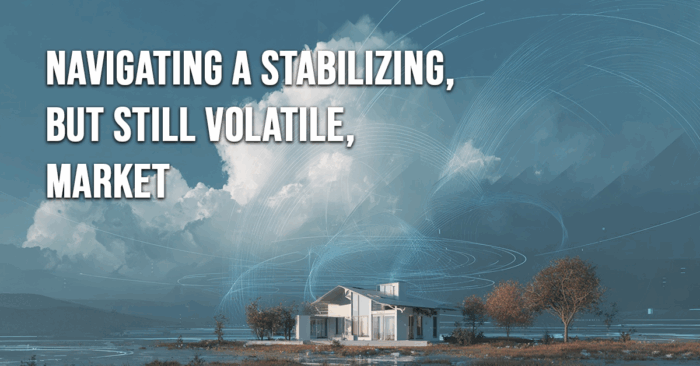Caution: Drone Zone

What is a drone?
Isn’t “drone” the annoying sound the fly on the ceiling is making?
With technology advancing at dramatic rates, the use of drones is becoming more and more common. Internet of things is taken to a whole new level—of the atmosphere. Referred to as the “eye of the sky,” drones are UMAs (unmanned aircraft) that are equipped with cameras that can either take pictures or recordings. These devices are navigated using GPS tracking from a remote pilot operation stationed on the ground.
So, what are these humanless flying aircrafts used for?
Jobs that are considered dangerous, dull, and dirty.
Their purpose can go as far as the mind eye can see. The images are being used for:
- Sports photography
- Journalism (Collecting footage for use in a live broadcast)
- Mapping mountaintops and coastlines
- Storm tracking
- Safety inspections
- Construction project progress
- Search & Rescue
- Monitoring wildlife
Use of drones can benefit industries of all kinds including agriculture, film production, news media, real estate, construction, mining, utilities, energy.
What could possibly go wrong?
“It’s a bird; it’s a plane,” *Smack!* “It’s…not even alive!”
Whether it’s a user-error or a power-loss, if the drone is out of control, it has the potential to injure someone or damage something. You could kick and break the thing out of anger, but that won’t pay your medical bills. Instead, these drones can be insured to cover personal injury, invasion of privacy, damage to public or private property, and medical expenses. That way, in the event of an accident, damage and medical costs will be covered. If your company is new to drone-use, be sure to look into coverage in case something goes wrong.
Do you have questions about your insurance? Find an insurance agent near you with our Agent Finder
Search All Blogs
Search All Blogs
Read More Blogs
Driving into 2026: Why Your Car’s Tech is Changing Your Auto Insurance
EVs and smart cars are changing insurance. Learn how new tech is affecting your rates and how to get the best deal in 2026.
2026 Home Insurance Outlook: Navigating a Stabilizing, but Still Volatile, Market
Home insurance rates are moderating, but risks remain. Prepare for 2026 with this guide on market trends and policy tips.
Digital Detox: Unplugging from the Matrix in an Always-On World
Feeling overwhelmed by screens? Learn how to do a digital detox and reclaim your life from constant connectivity.
Future-Proofing Your Enterprise: The 2026 Guide to Business Insurance
Cyber threats and remote work are changing business insurance. This guide shows how to protect your company in 2026.
Beyond the Black and White: The New Reality of Life Insurance in 2026
Life insurance is evolving. Learn how new policies are becoming flexible financial tools for families in 2026.
The Road Ahead: Navigating Auto Insurance in a World of EVs and Smart Cars
EVs and smart cars are changing auto insurance. This guide explains new coverage needs and how to save money in 2026.
Your Home, Your Haven: The 2026 Home Insurance Playbook
Navigating home insurance in 2026? This guide covers new trends, smart home tech, and essential tips to protect your property.
The Mindful Traveler: Finding Peace in a World on the Move
Want a more meaningful vacation? Discover the new trend of mindful travel and how to find peace on your next trip.
From the Cloud to the Coffee Shop: Insuring Your Business for a Hybrid 2026
Cyber threats and remote work are changing business insurance. Here’s what you need to protect your company in 2026.
Your Legacy, Your Way: Life Insurance as a Living Financial Tool for 2026
Life insurance is evolving. Learn how new policies are becoming flexible financial tools to help you build wealth and plan for the future.









